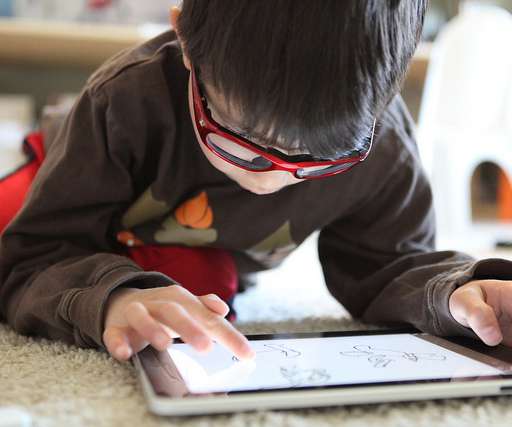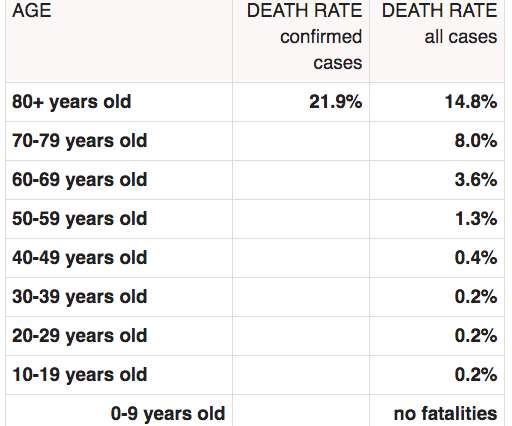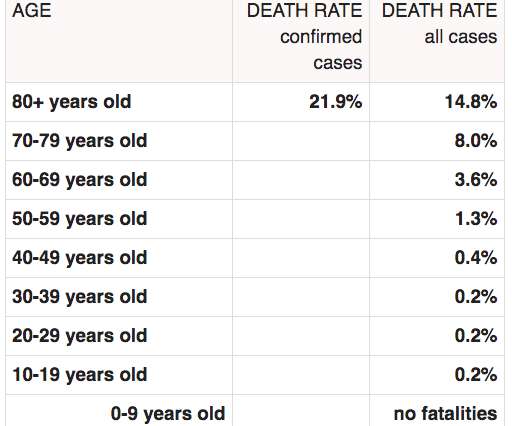Technology overuse may be the new digital divide
The Hechinger Report
OCTOBER 23, 2017
For years policymakers have fretted about the “digital divide,” that poor students are less likely to have computers and high-speed internet at home than rich students. The study labels families making more than $75,000 a year as high income.). “It’s not a technology divide, it’s a content divide.
























Let's personalize your content